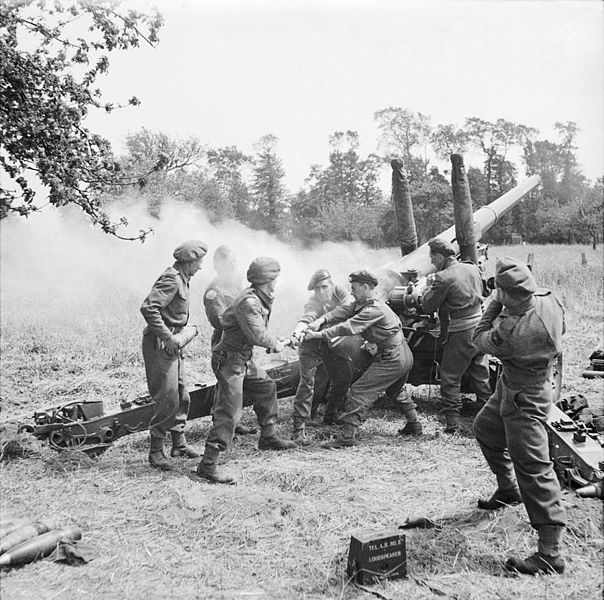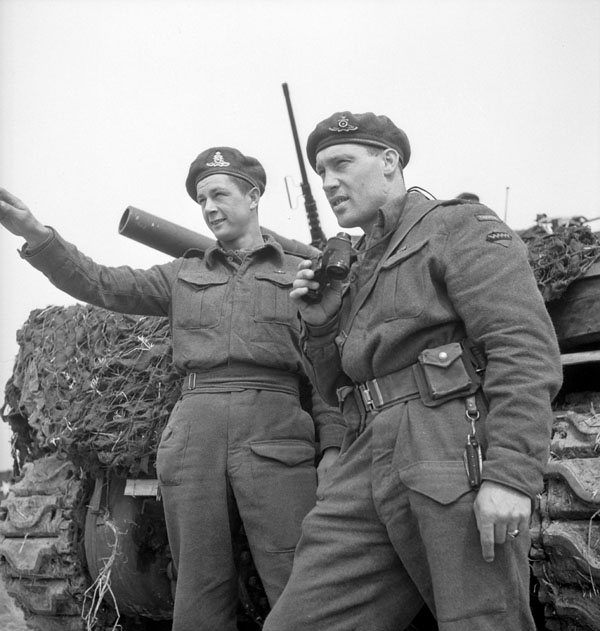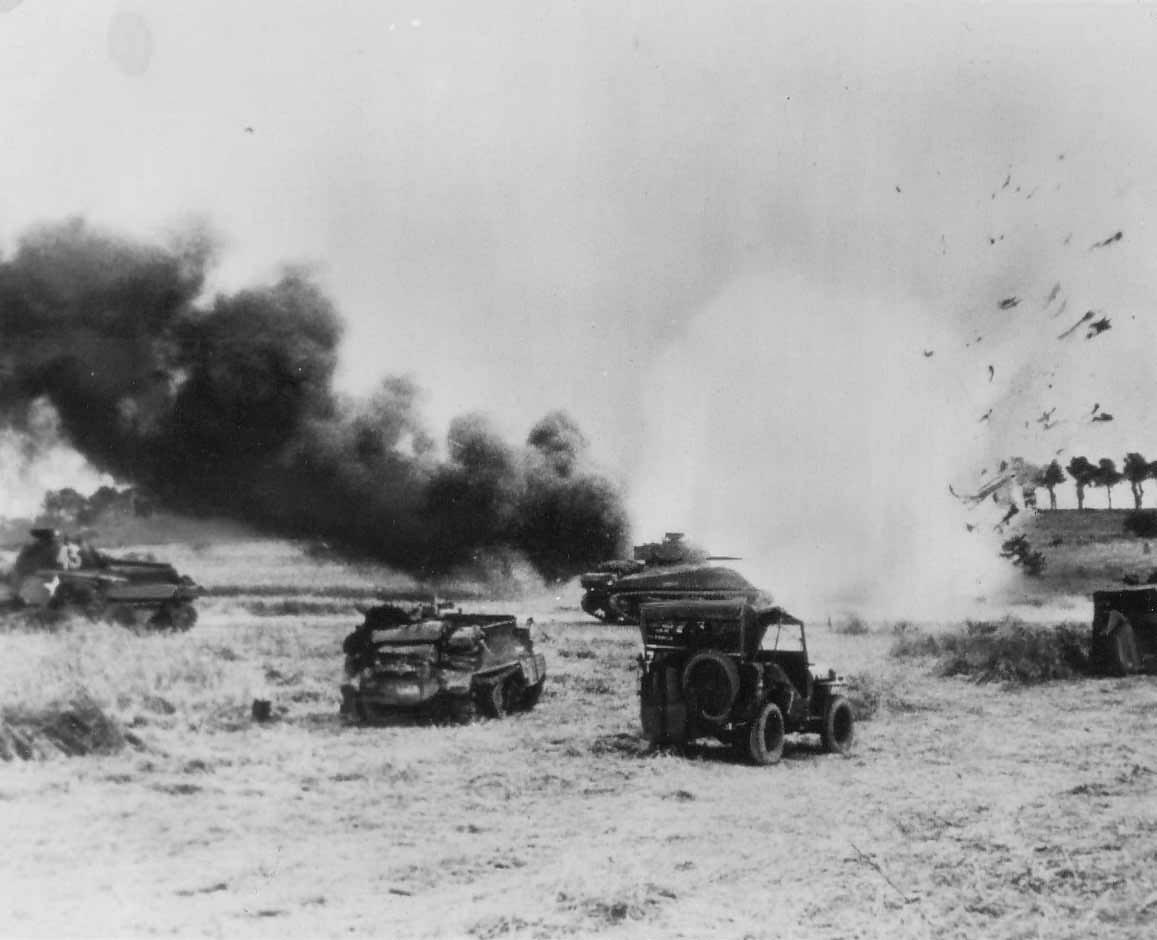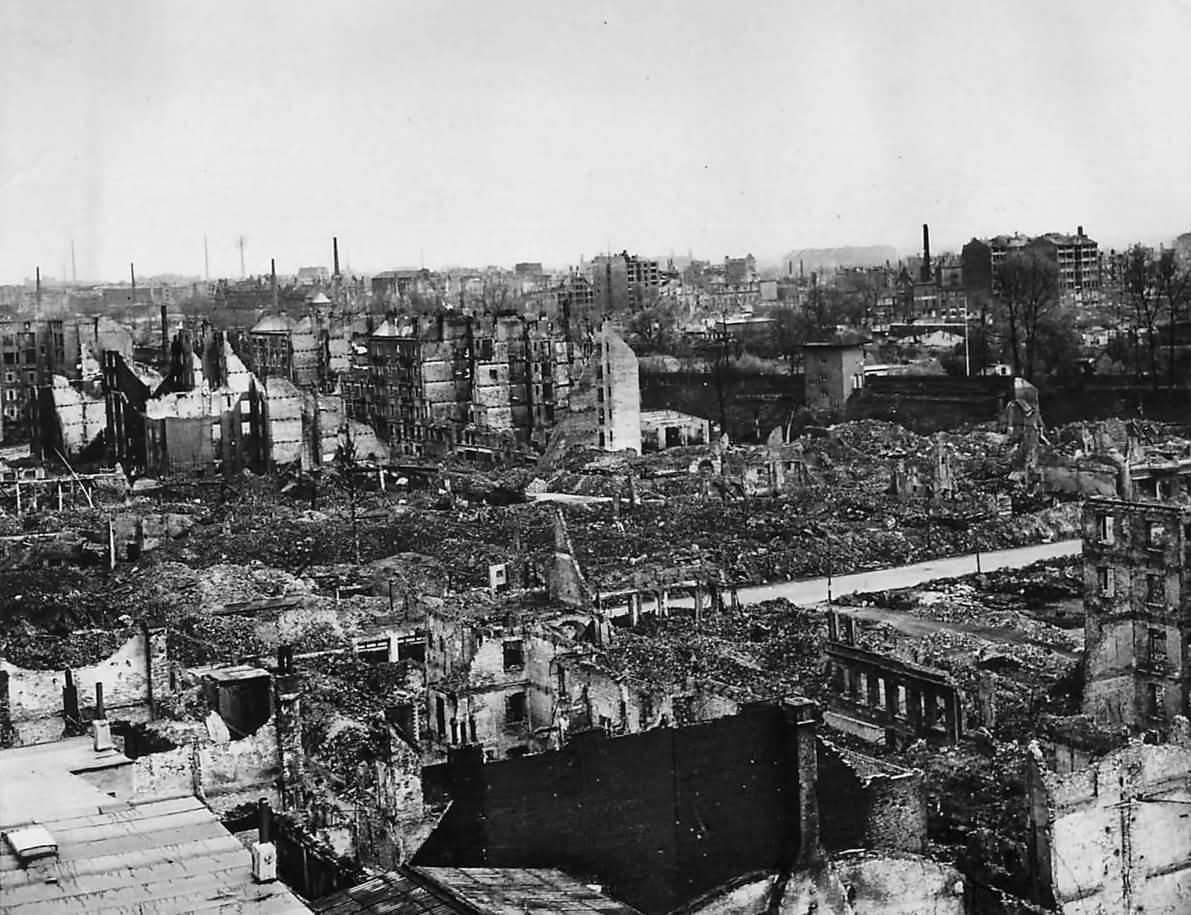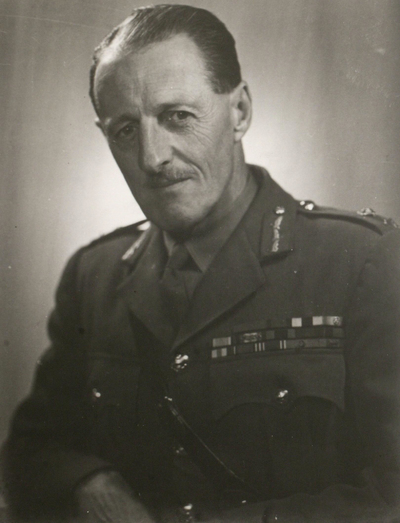Some determined oppo proving too sticky for eight 25 Pounders? Mike Target requests the full regt of twenty four guns. /5
Well keen oppo bruv? Victor Target brings down all available corps' artillery.
These were the most frequent for an inf bns, but do escalate even higher... /6
In fairly short order German guns will be unpicked and eliminated, thus steadily reducing their ability to fire their own counter-battery fire & hit British troops.
Sharp. Clinical. Efficient. /10
Formations in Normandy had been troubled by mortars for some time and had to find a way around the problem. Concentrations by FOOs took too long to arrive and the mortar bombs kept coming. /15
Bns began assigning spotters and their own mortar OPs to scan the ground... /16
Time was the essence. /17
The problem was this persistent nuisance fire was inflicting a substantial number of casualties on static formations and sapping morale.
The CMO oversaw improved liaison... /18
Inf bns own 3" Mortars were really too short ranged to be effectively used in the CMO role. /19
So assets slither out at night and aim to beat the enemy at int acquisition. /20
In a matter of days the British conclude the German mortar superiority really stems from arty inferiority. /21
This provokes German defenders no end and can lure them to engaging those on Nomad shoots... /22
Due to the problem of density... the infantry in the area have not. Unsurprisingly Nomad shoots are not popular with infantry.
A good lure tho'. /23
Compass bearings were taken from suspected mortar positions & the arrival of bombs timed to offer field regiments a rough targeting area. /24
For the 3" Mortars shortcomings, these platoons were soon integrated and near-defunct 40mm Bofors guns reroled to target suspected mortars with indirect fire. /26
The Germans were predictable in this regard (as they found the British oddly enough)... /27
Massively reducing the window for German crews to engage the British and safely race away, reducing viability. /28
Intelligence, data and constantly improving systems underpinned the CMO model. /29
Tricky.
German mortar fire certainly decreases as they improve, but so does British density in the core sectors as gains are made elsewhere and we have more ground to cover.
Thus the incoming harassing mortar bombs became less effective. /29
They undeniably did manage to save lives and discourage enemy mortars... /30
As the campaign becomes more mobile in August this problem becomes a rarity - but.... within a matter of days of introducing CMOs the German use of mortars for harassing tasks starts to reduce - a trend which does follow through July. /31
In short, more work is needed on German experience of CMO & how they shifted tactics. /thread

